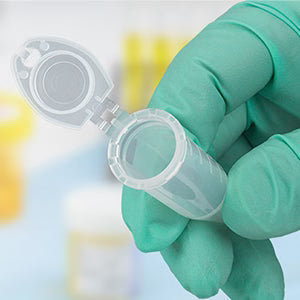Lock In Confidence: The Everyday Hero of Your Lab Workflow
In the controlled chaos of the lab, every tube tells a story. For technicians like Maya, who juggles boiling, centrifuging, and freezing samples before her first cup of coffee, there’s...
Read more
